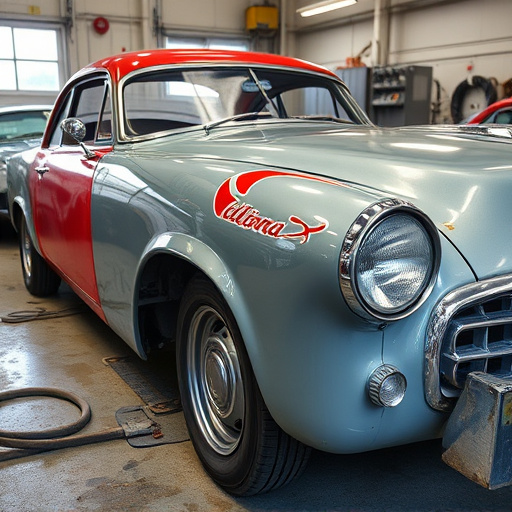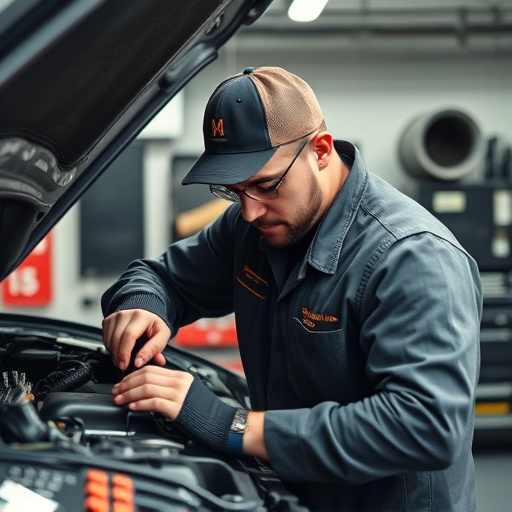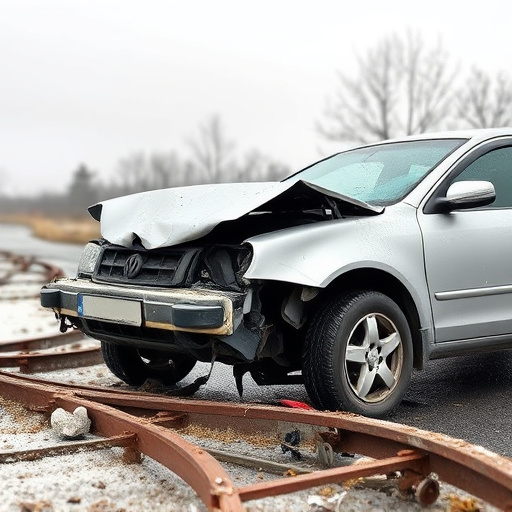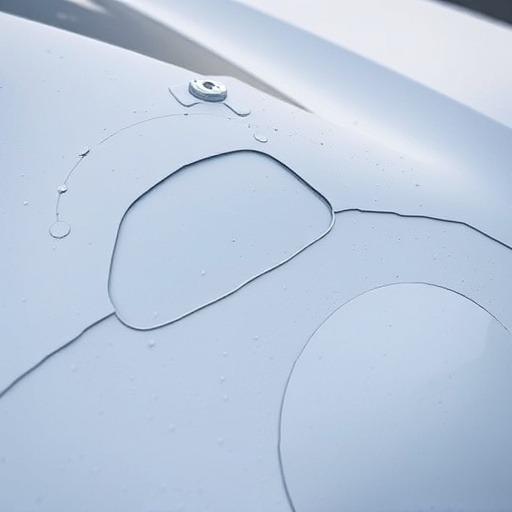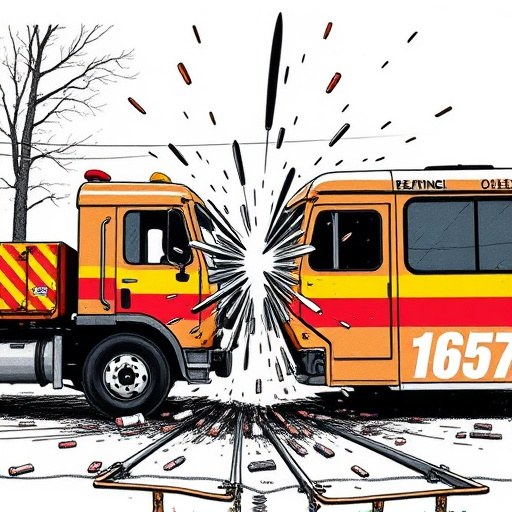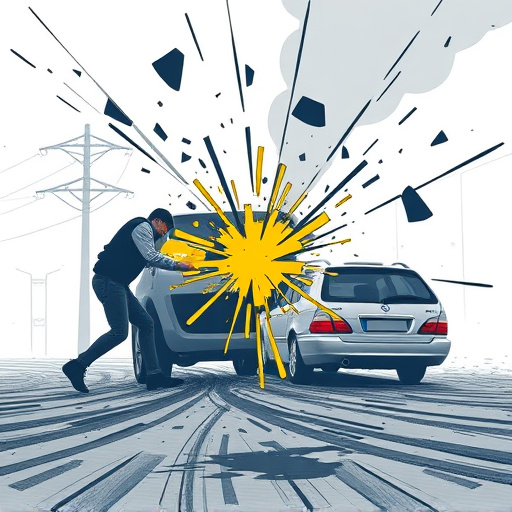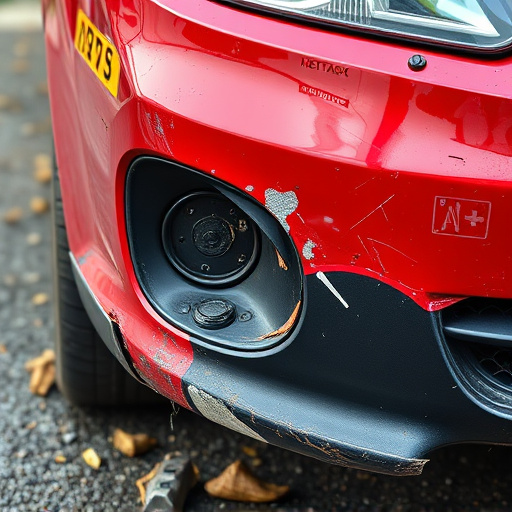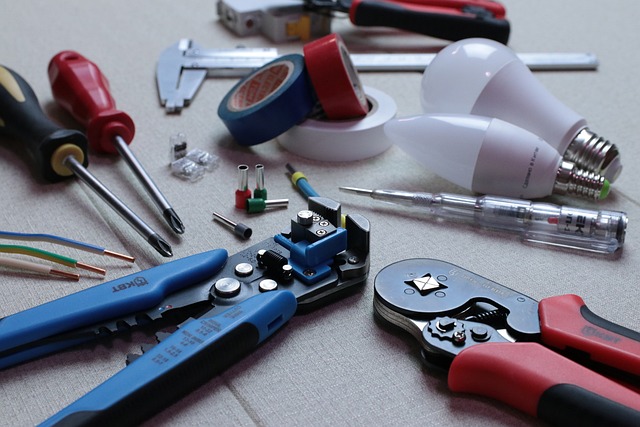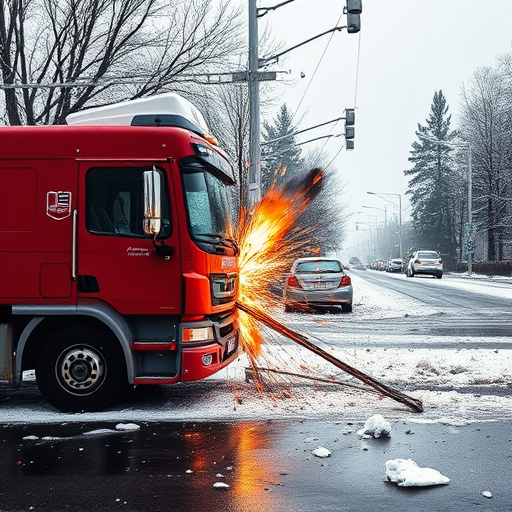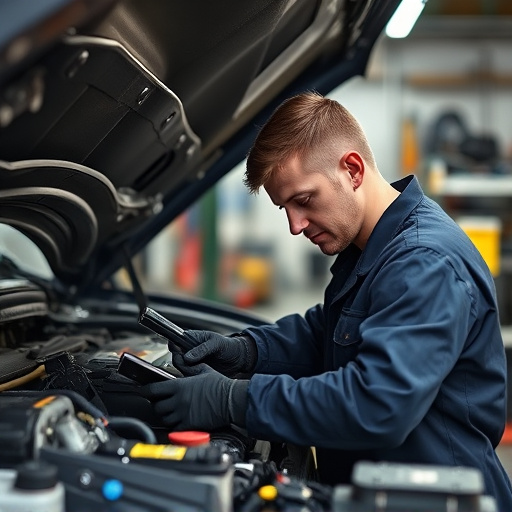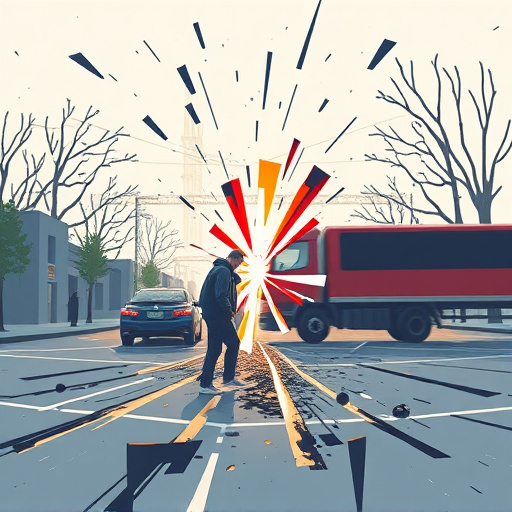Car paint scratches are common due to road debris, collisions, and environmental factors. DIY repair involves high-quality tools for filling, sanding, and blending. For deeper scratches, use specialized sanders or rotary tools. Wear protective gear and use reputable products for best results. Learn techniques for shallow vs severe scratches, considering expert help for major damage.
Every driver faces them—unwelcome car paint scratches that mar their vehicle’s sleek exterior. Understanding common causes and knowing how to address these issues is essential for maintaining your car’s appearance. This article equips you with the knowledge and tools needed to effectively repair car paint scratches at home, ensuring a pristine finish. From identifying different scratch types to following a step-by-step guide, discover the secrets to achieving professional results and keeping your ride looking its best.
- Understanding Common Car Paint Scratches and Their Causes
- Essential Tools for Effective Scratch Repair at Home
- Step-by-Step Guide to Achieving Professional Results
Understanding Common Car Paint Scratches and Their Causes
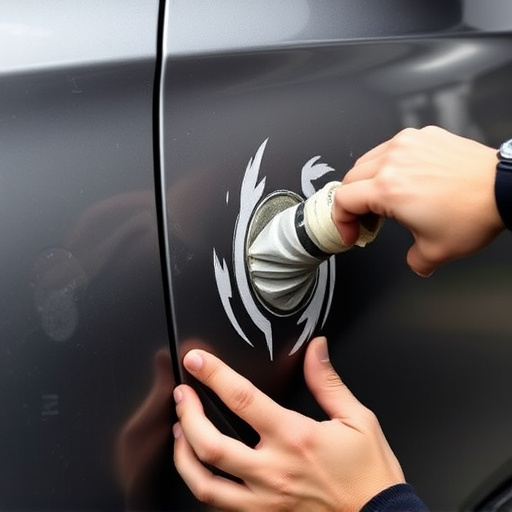
Car paint scratches are a common occurrence for many drivers, often resulting from everyday driving experiences and environmental factors. These scratches can range from minor surface imperfections to deeper dents that compromise the car’s aesthetics and protective layer. Understanding the causes behind these scratches is an essential step in addressing them effectively.
Many car paint scratches are caused by road debris like gravel, small stones, or even bugs splattering against the vehicle’s exterior. Parking in exposed areas or on unpaved roads can increase the likelihood of these types of scratches. Additionally, minor collisions or bumper rubs during parallel parking or tight spaces can lead to dents and scratches. In some cases, car washes might not be as gentle as they claim, causing subtle yet visible swirls in the paint. Even environmental factors such as tree sap or bird droppings left untreated can etch into the paint, requiring prompt car paint scratch repair.
Essential Tools for Effective Scratch Repair at Home
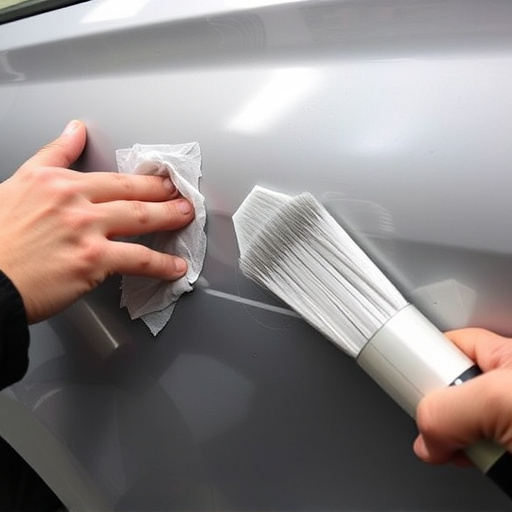
When it comes to repairing car paint scratches at home, having the right tools is essential for achieving a smooth and professional finish. The first step in any DIY scratch repair project is preparation. This includes gathering high-quality tools designed specifically for car paint scratch repair, such as a polyurethan or acrylic filler, a putty knife, and fine-grit sandpaper. These tools enable you to fill in deep scratches, smoothen the surface, and achieve a seamless blend with your car’s original paint job.
For more severe scratches, consider investing in a dual-action sander or a rotary tool with various attachment heads. These devices facilitate precise sanding and shaping, ensuring that your repair matches the vehicle’s contour accurately. Additionally, don’t overlook the importance of protective gear, including gloves, goggles, and a respirator mask, to safeguard yourself from hazardous fumes during the sanding and painting process. Remember, while DIY car paint scratch repair can be cost-effective, using subpar tools or cutting corners may lead to an unsightly finish. Thus, opting for reputable products designed for fleet repair services or professional vehicle body shops is always recommended.
Step-by-Step Guide to Achieving Professional Results
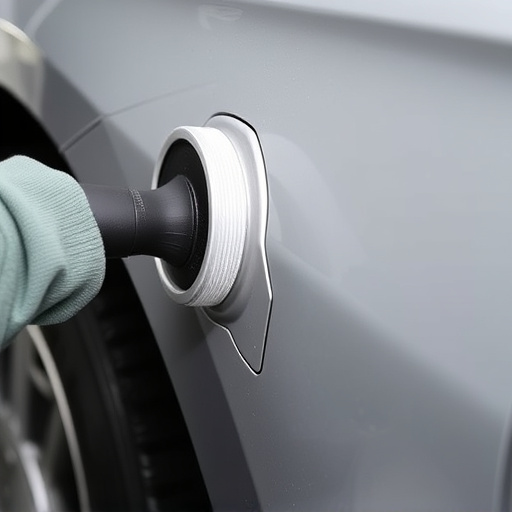
Achieving professional results with car paint scratch repair is within reach for every driver. Start by preparing your work area—find a cool, well-lit spot, and lay down drop cloths to protect surrounding surfaces. Next, gather your tools: a high-quality car polish or compound, a buffer (either manual or electric), and microfibers for application and wiping.
Begin by gently sanding the scratched area with 1500-grit sandpaper to smooth out imperfections. After cleaning off the dust, apply the car paint scratch repair compound using a small spatula, working in thin layers. Allow each layer to dry slightly before adding more. Once the final coat is dry, buff the surface thoroughly until it matches the surrounding paint finish. For deeper scratches or dents, consider visiting a collision center for expert bumper repair and vehicle paint repair services.
Whether you’re a seasoned driver or just getting behind the wheel, understanding how to address car paint scratch repairs is an invaluable skill. By armed yourself with the right tools and knowledge, you can restore your vehicle’s sleek appearance and save money on professional services. With a bit of patience and these essential tools, achieving professional results at home is well within reach. Remember, quick action and the right approach can make all the difference in mitigating damage and keeping your car looking its best.
